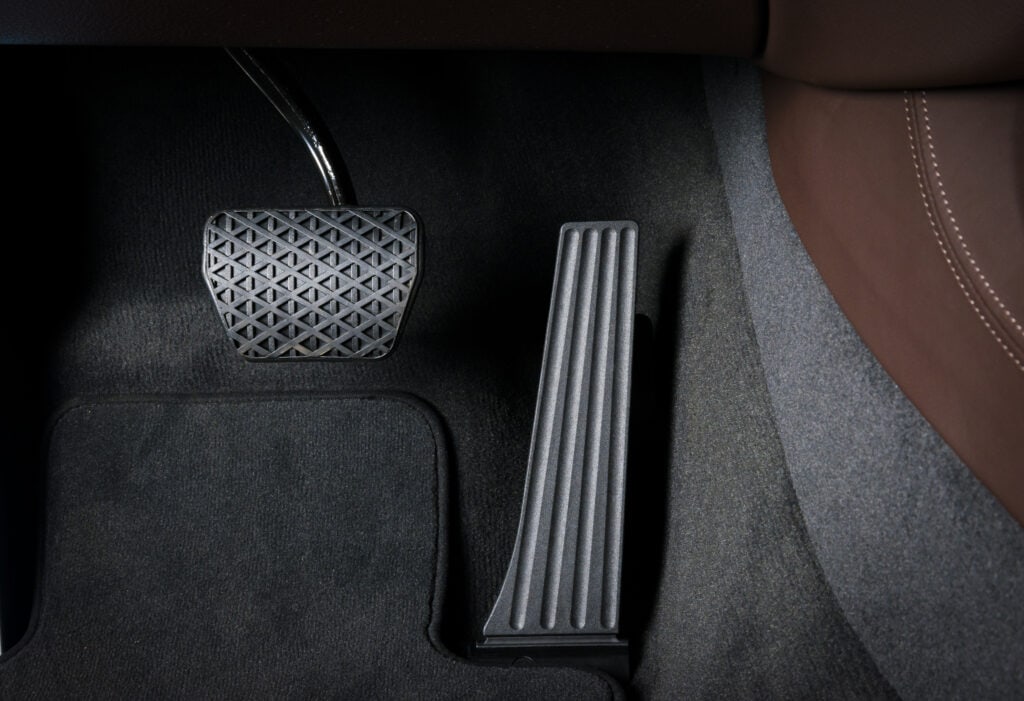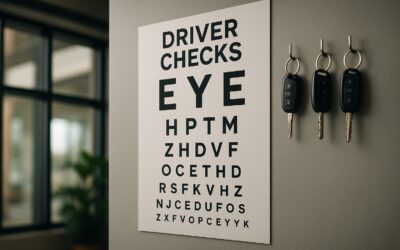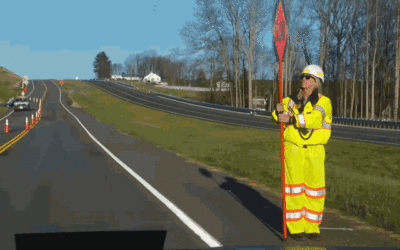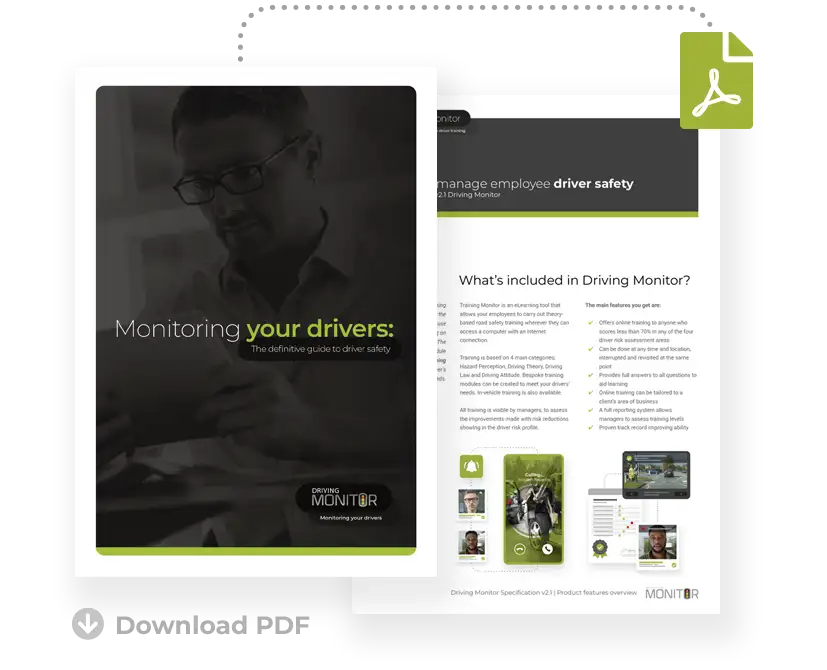Is this the most cost-effective way to police speeding and improve safety?

What would irritate you more?
A bleeping light on your dashboard that went off every time you went above the speed limit?
Or an accelerator pedal that became unresponsive if you did the same thing?
Because these are two serious contending technology options to help curb speeding in Europe – and it’s up for debate which might become standard across Europe.
Either suggested solution would form part of the EU’s planned overhaul of road safety standards, which is due to start in April 2021. And the benefits of technologies like these could be numerous, namely:
- Fewer accidents and fatalities
- Lower emissions as a result of less stop-start driving
- Calmer cities for pedestrians and cyclists
- Savings for local councils by eliminating the need for speed bumps
Who’s proposing what?
The European Transport Safety Council (ETSC) has proposed the introduction of “Intelligent Speed Assistant” accelerator pedals to European manufacturing. Trials of the technology led to a “massive improvement in speed compliance with UK drivers, especially on urban roads”.
But car manufacturers claim that the smart throttle could be too annoying to drivers, who might be tempted to override the system whenever it kicked in. (Which is apparently easy to do – you just push a little harder on the pedal and the system deactivates.)
The European Automobile Manufacturers’ Association (confusingly abbreviated to the “ACEA”) warns that “the system needs to be accepted by drivers as much as possible”.
They suggest a cascade warning system would provide a less expensive and less irritating solution than the pedal. So you’d see a light on the dashboard when you nudge your vehicle over the limit, followed by an audible beep to reinforce the warning. But the ETSC claim that a cascading system would be too slow to alert drivers.
Cameras to play a pivotal role
Whether the UK adopts the forthcoming new standards post-Brexit will depend on future trade deals. But either way, the safety scheme should prove an attractive pull thanks to the benefits outlined in the bullets above.
Other measures being considered to improve safety standards include lane departure and drowsiness warnings, pedestrian and cycle recognition and autonomous emergency braking. In other words, it looks like onboard cameras are going to play a huge role in the future of safety on roads in Europe – including dashcam.
Fleets vital to success
In other camera-related news, the Transport Research Laboratory hopes to increase the role of dashcam to curb dangerous driving in the UK.
Since the National Dash Cam Safety Portal launched last year, more than 10,000 clips have been uploaded to the database, which allows drivers to report road incidents to the relevant police force.
Since fleet drivers are covering more miles than your average motorist, they probably witness more offences. So fleet operators can play a vital role in helping improve road safety by encouraging their drivers to upload footage of dangerous driving.
If you need any advice about how you can improve road safety and mitigate risks within your own fleet, feel free to get in touch by giving our friendly team a call on 0845 500 4505 or dropping a comment below.










